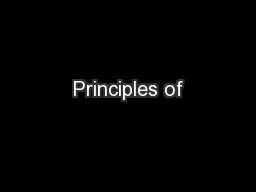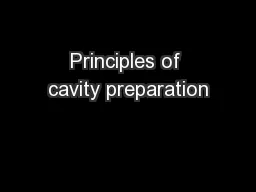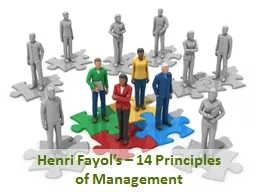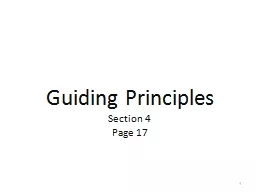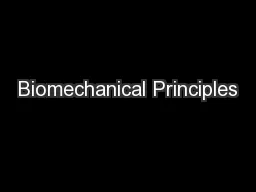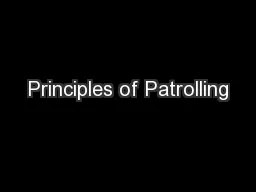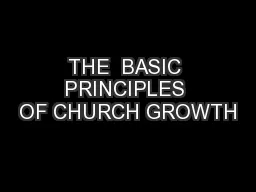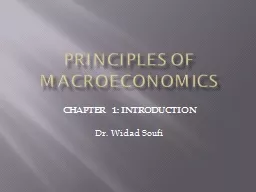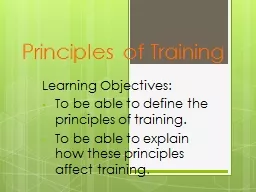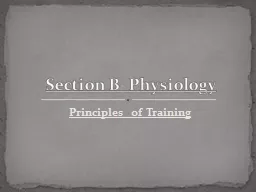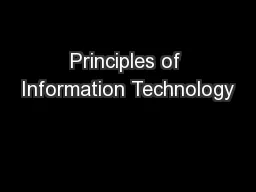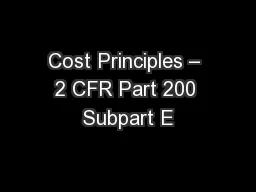PPT-Principles of
Author : ellena-manuel | Published Date : 2015-10-18
Animation Dr Midori Kitagawa University of Texas at Dallas Arts and Technology Program Created by animators at the Walt Disney Studios in the early 1930s Helped
Presentation Embed Code
Download Presentation
Download Presentation The PPT/PDF document "Principles of" is the property of its rightful owner. Permission is granted to download and print the materials on this website for personal, non-commercial use only, and to display it on your personal computer provided you do not modify the materials and that you retain all copyright notices contained in the materials. By downloading content from our website, you accept the terms of this agreement.
Principles of: Transcript
Download Rules Of Document
"Principles of"The content belongs to its owner. You may download and print it for personal use, without modification, and keep all copyright notices. By downloading, you agree to these terms.
Related Documents

